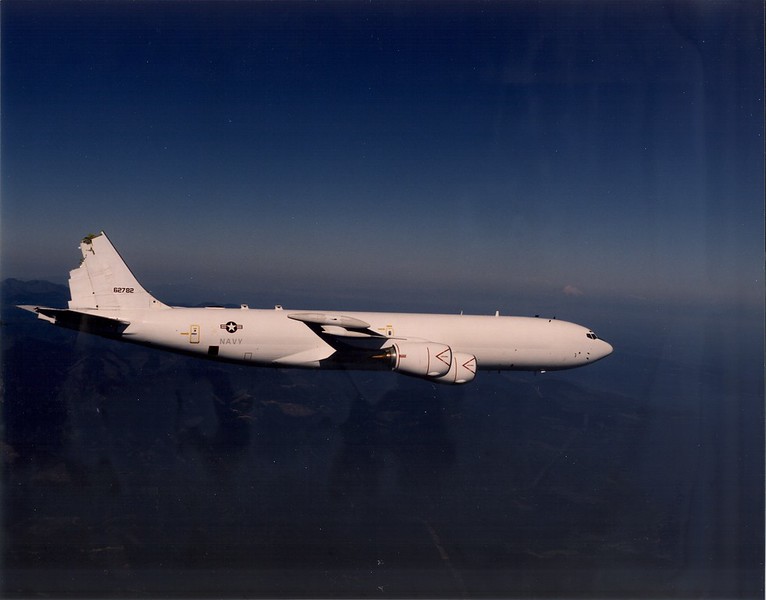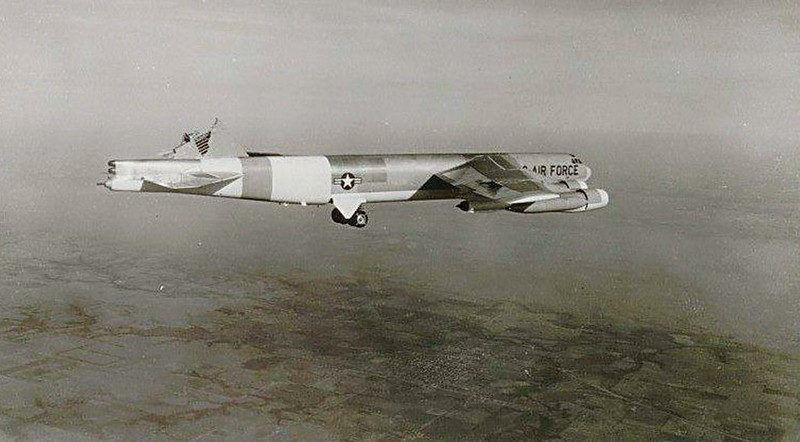There have been several threads recently about loose connections in the control column.
And just as you are having fun, the stick no longer controls the plane in your RV-8. So…..you activate the auto pilot to keep your wings level and maintain altitude. Upon investigation you find the 25 cent bolt that connects the bottom of the stick to the control column is missing due to improper installation (missing washers). Further investigation is the stick end cracked and that’s why the bolt separated and is still in the rod end bearing. Replacing the bolt is not an option.
You have plenty of fuel and the auto pilot is holding the plane level (pitch and roll).
How will you get back on the ground so you can change your underwear?
And just as you are having fun, the stick no longer controls the plane in your RV-8. So…..you activate the auto pilot to keep your wings level and maintain altitude. Upon investigation you find the 25 cent bolt that connects the bottom of the stick to the control column is missing due to improper installation (missing washers). Further investigation is the stick end cracked and that’s why the bolt separated and is still in the rod end bearing. Replacing the bolt is not an option.
You have plenty of fuel and the auto pilot is holding the plane level (pitch and roll).
How will you get back on the ground so you can change your underwear?







